Almost slipping down the steep path to the lake, we saw the first of the 10 temples inside the Lonar Crater. The dense monsoon vegetation gave way to glimpses of a gorgeous temple made of stone. We reached closer to take pictures. It’s a Shiva Temple, and the Archaeological Survey of India (ASI) is working on its restoration. These temples were built during the Chalukya Dynasty’s rule, around the 8th/9th Century AD. What did the people think of the brackish lake waters? What did they do with it? Some say it has healing powers.
I tried to keep a track of the temples with the photographs, but failed, as time erased some memories. Too much information to keep track of! But here are my text notes:
1st temple in the forest trek : Shiv Temple : 9th Century by Chalukya Dynasty
2nd temple : Rama Temple : Chalukya Dynasty in the 9th Century AD
3rd Temple was full of bats. It was a Shiva Temple also 9th Century additions by the Yadavkalin Dynasty.
4th Temple : Shiv Temple 16 positions are shown carved in rock here.
5th : Padmavati Temple : It has regular Puja happening here. The goddess inside is Swambhu.
6th Temple : Shiv temple again.
7th Temple : Shiv Temple without the Shiv Lingam
8th : Shiv Temple
9th : Daitya Guru Shukra Acharya : He found Sanjeevini in Lonar Crater and would treat Daityas. This temple was his vaidyashala.
10th : Kumareshwar Temple also by Chalukya Dynasty. This is also a Shiv Temple.
The last temple on top is Gaumukh Temple made by Hoysala Kings. Later additions were made by Nana Saheb Peshwa and Ahilyabai Holkar.
Our visit to Lonar is posted here in an earlier article.
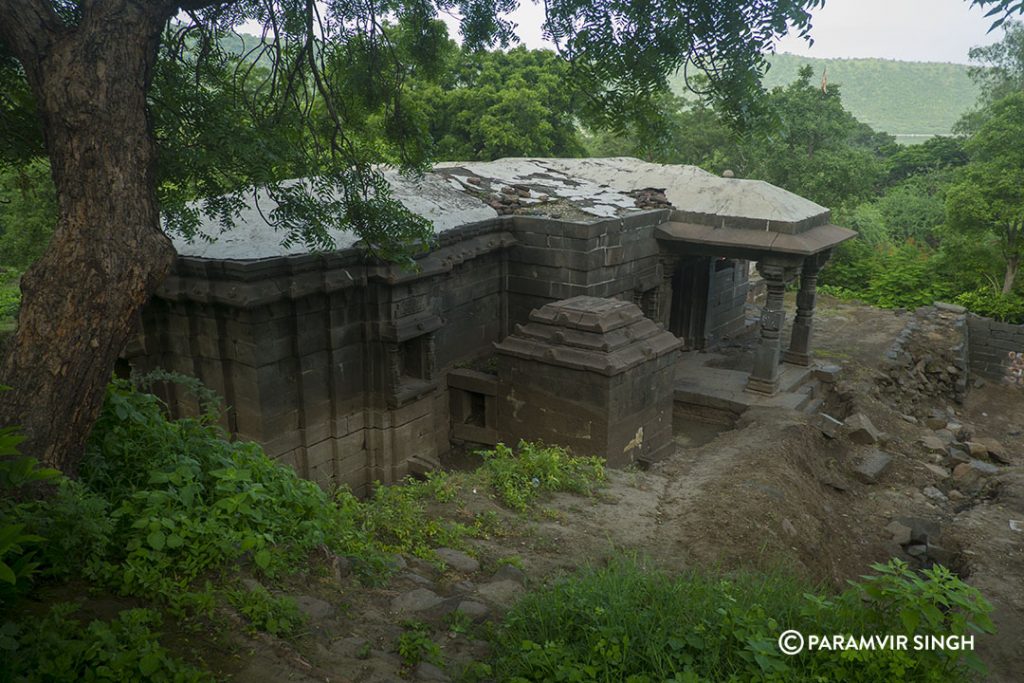
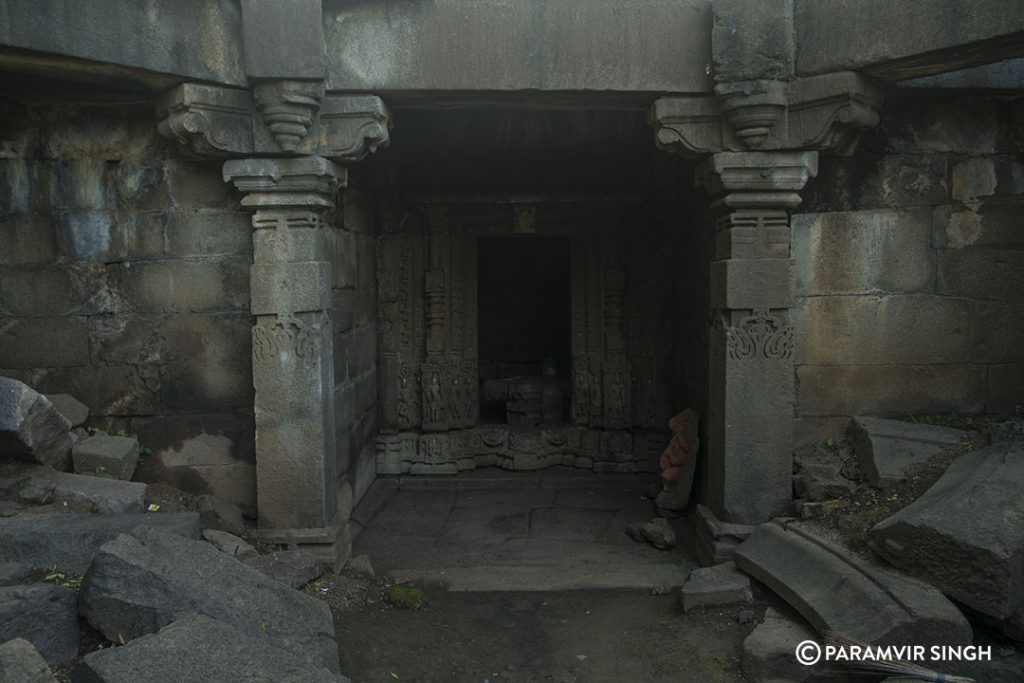
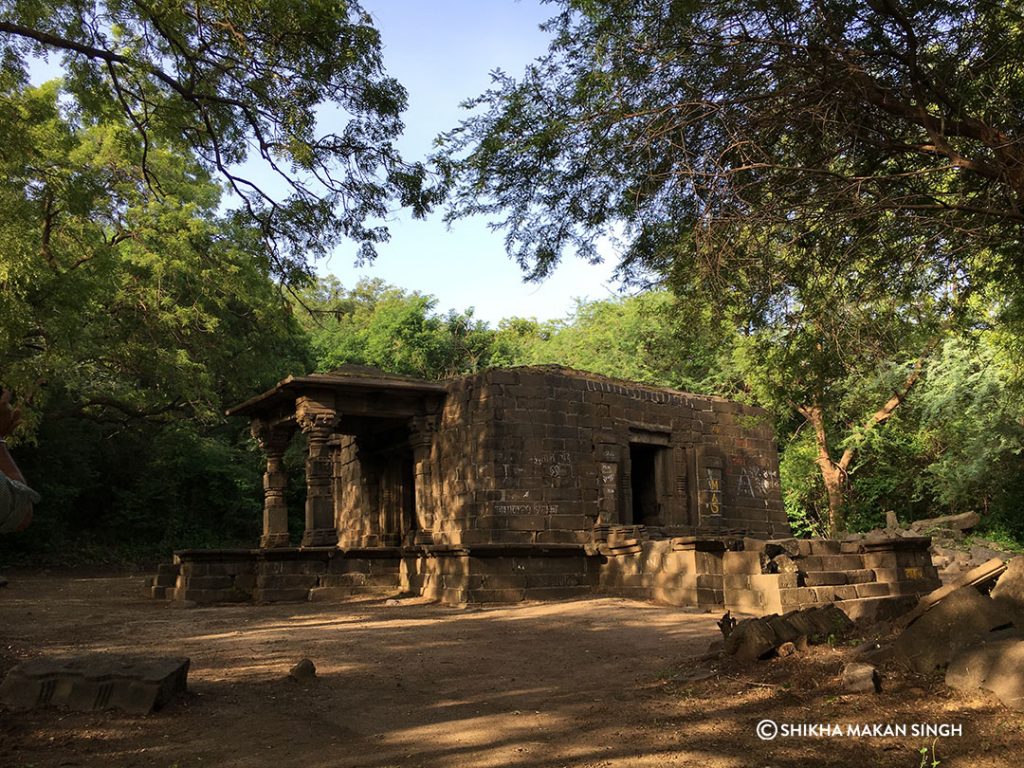
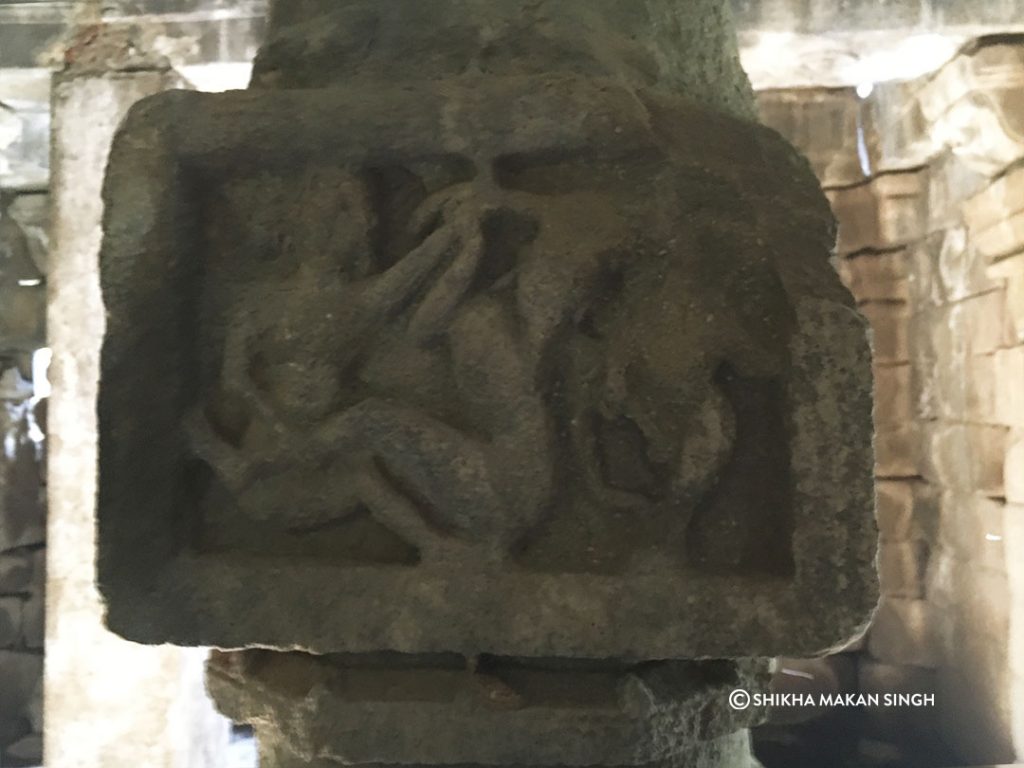
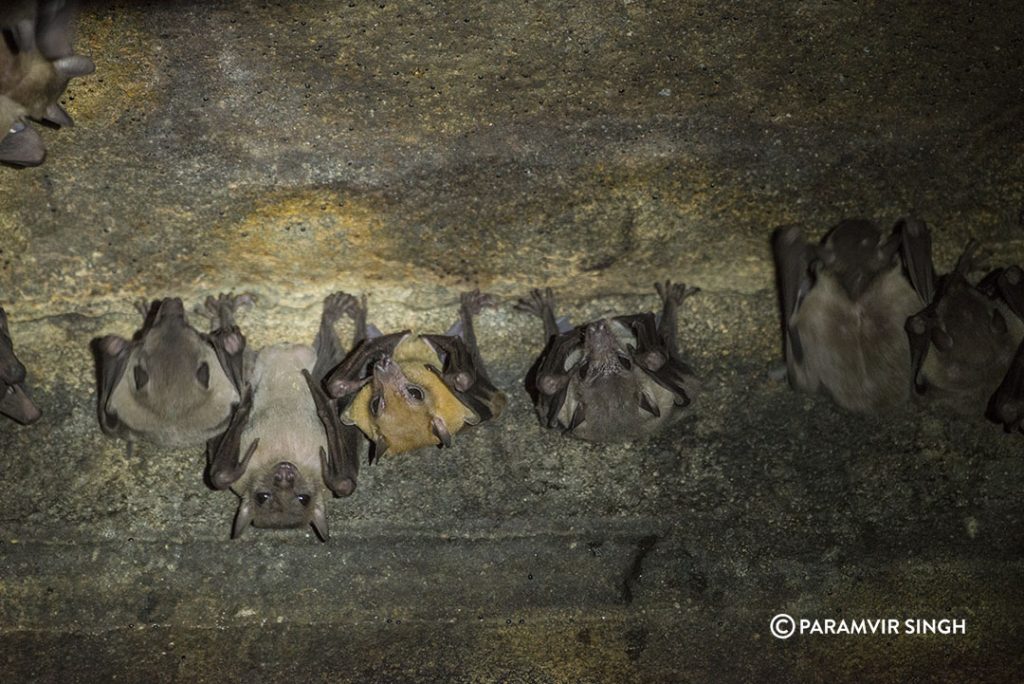
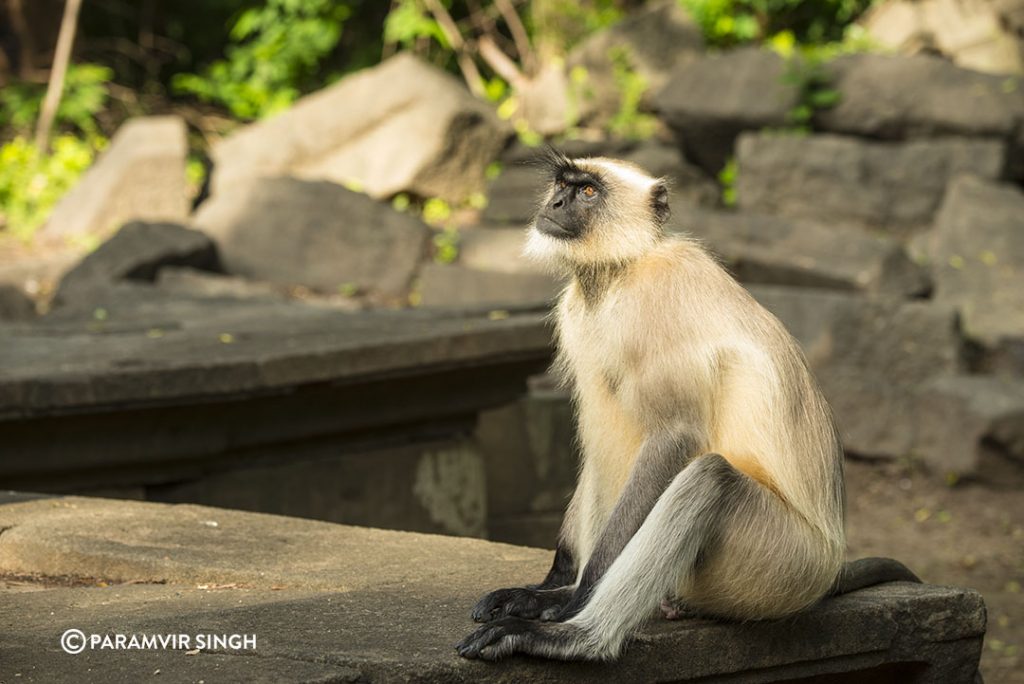
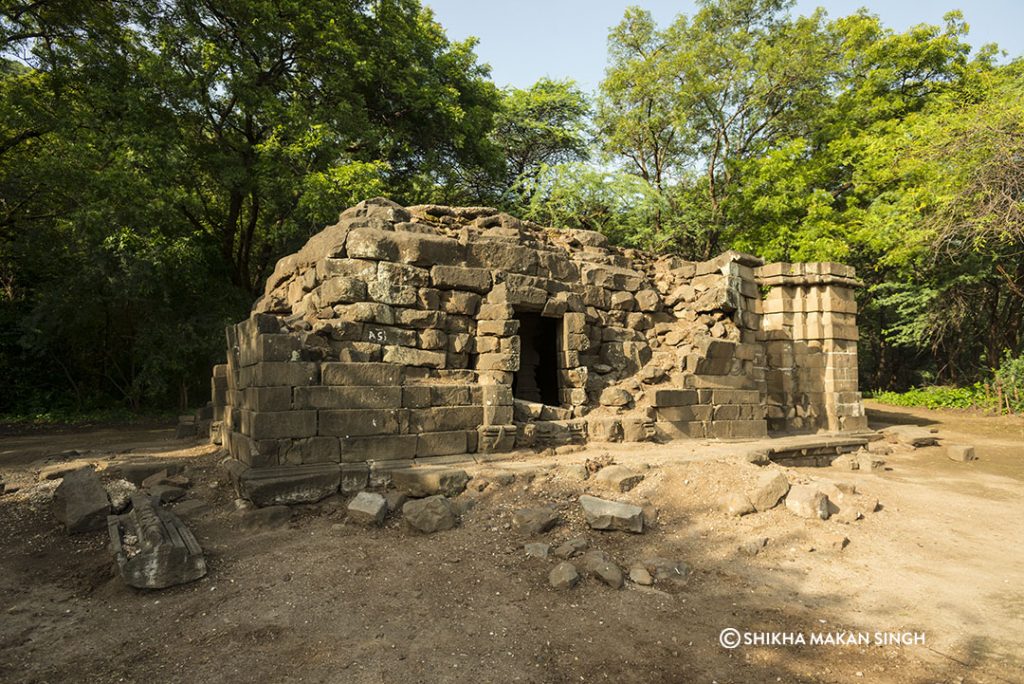
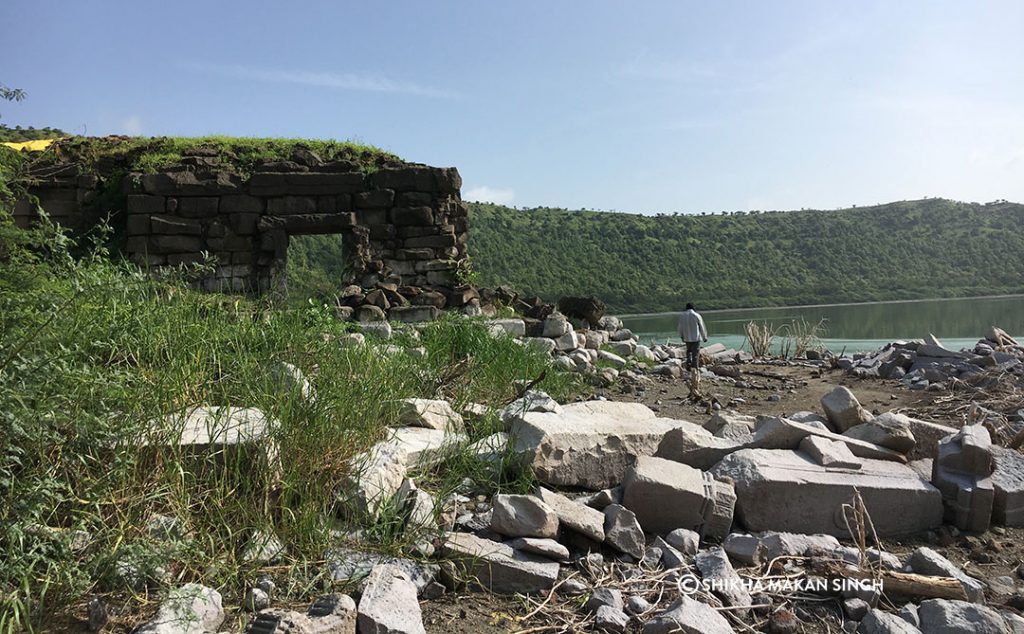
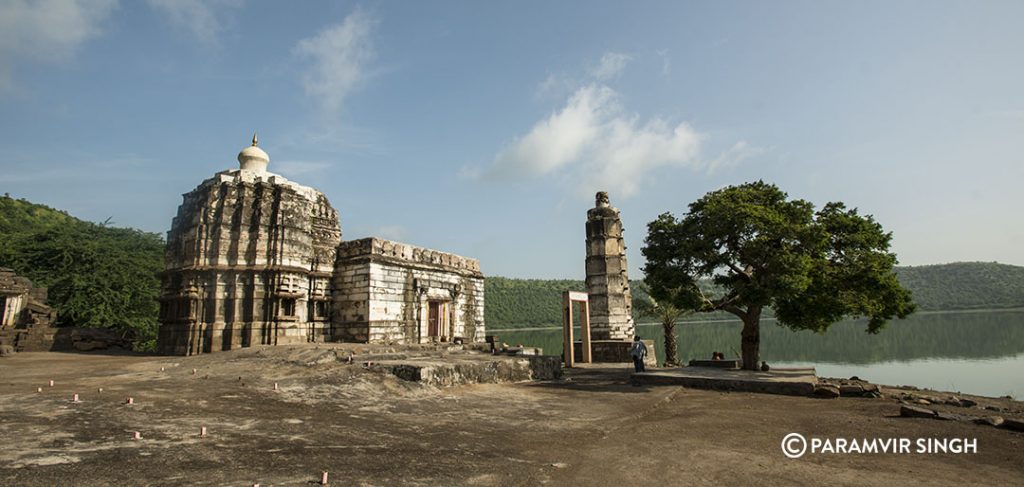
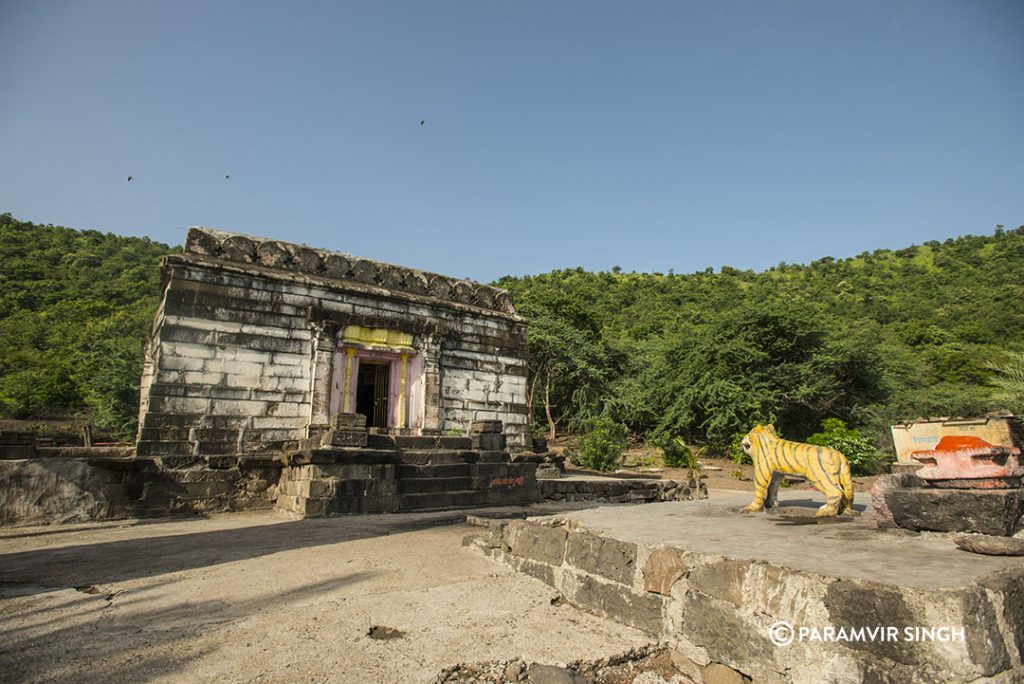
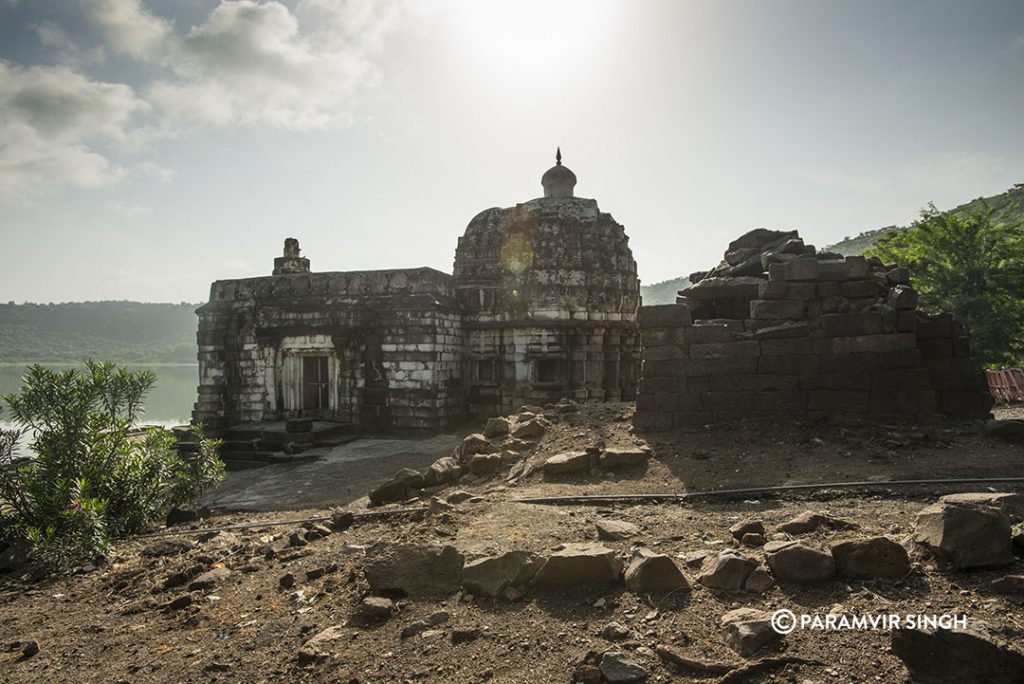
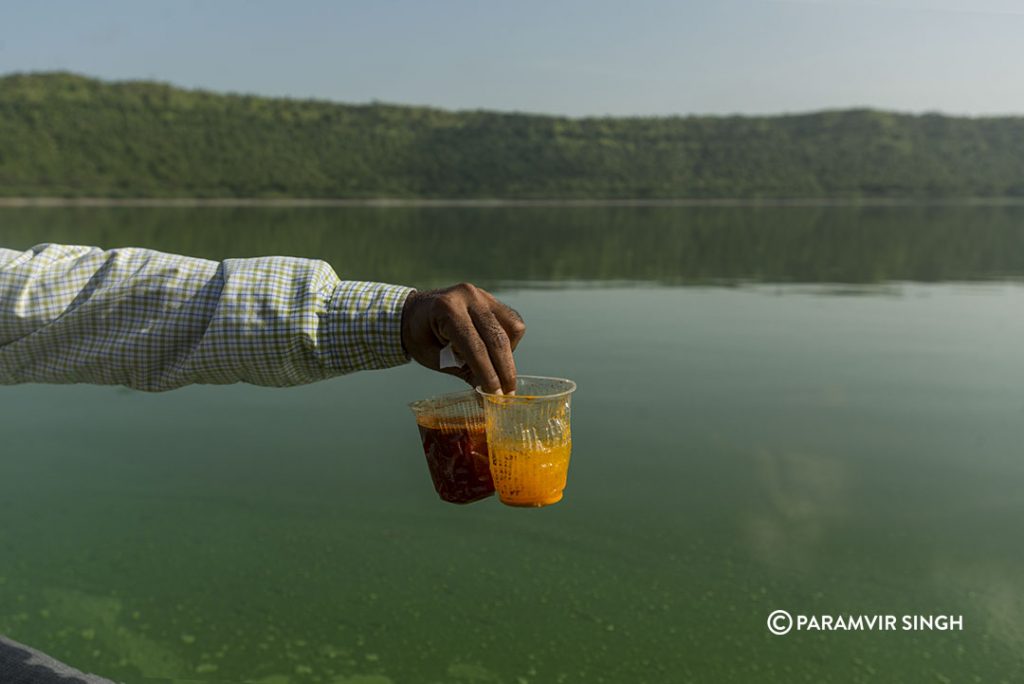
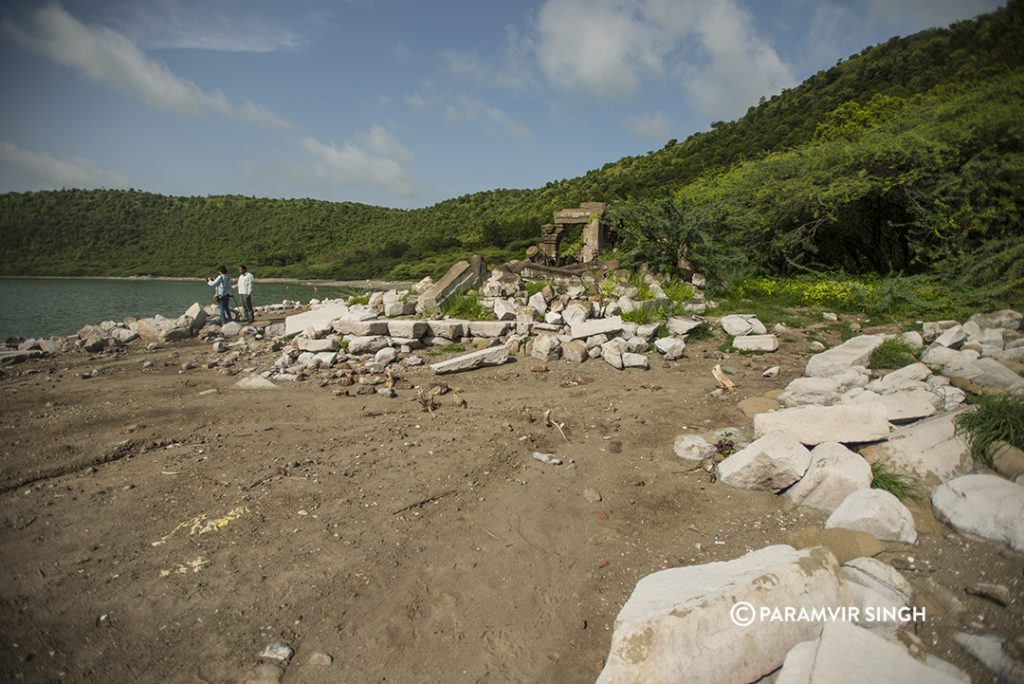
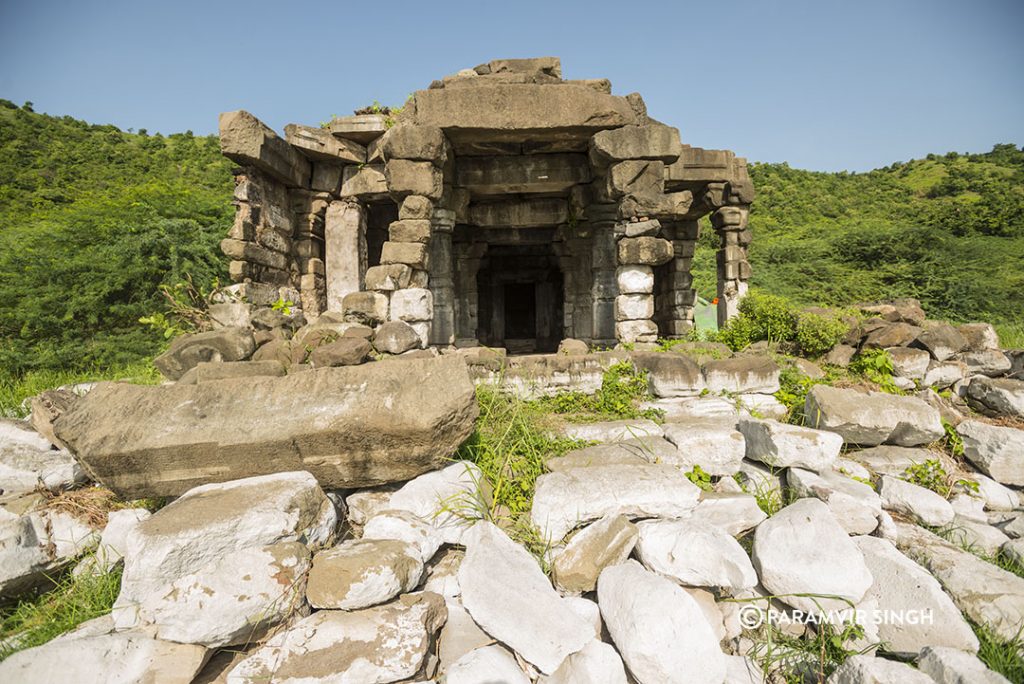
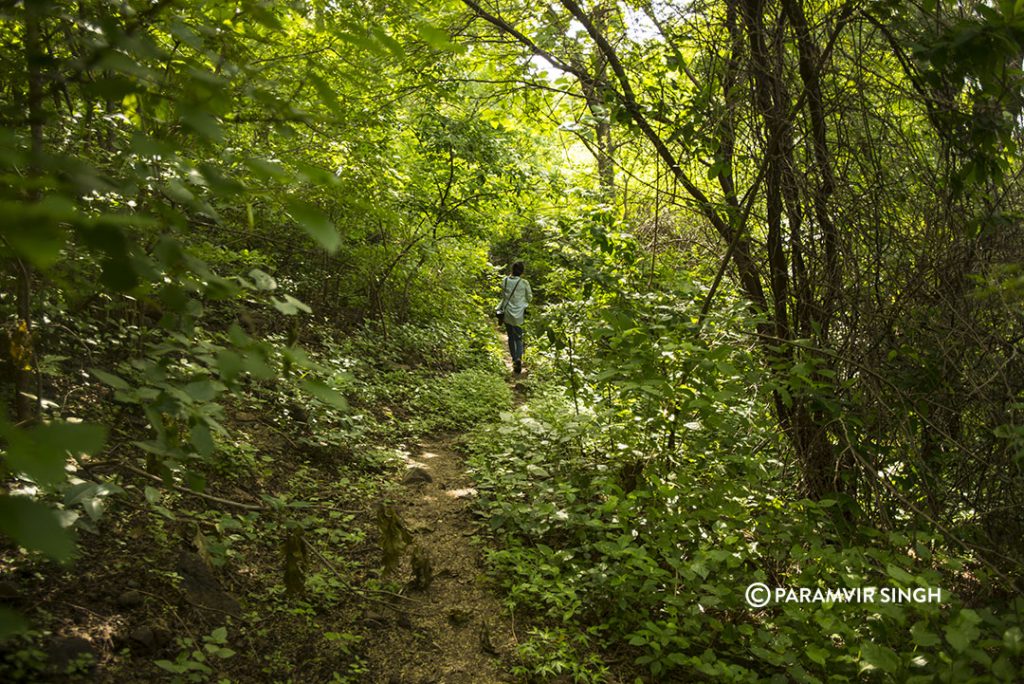
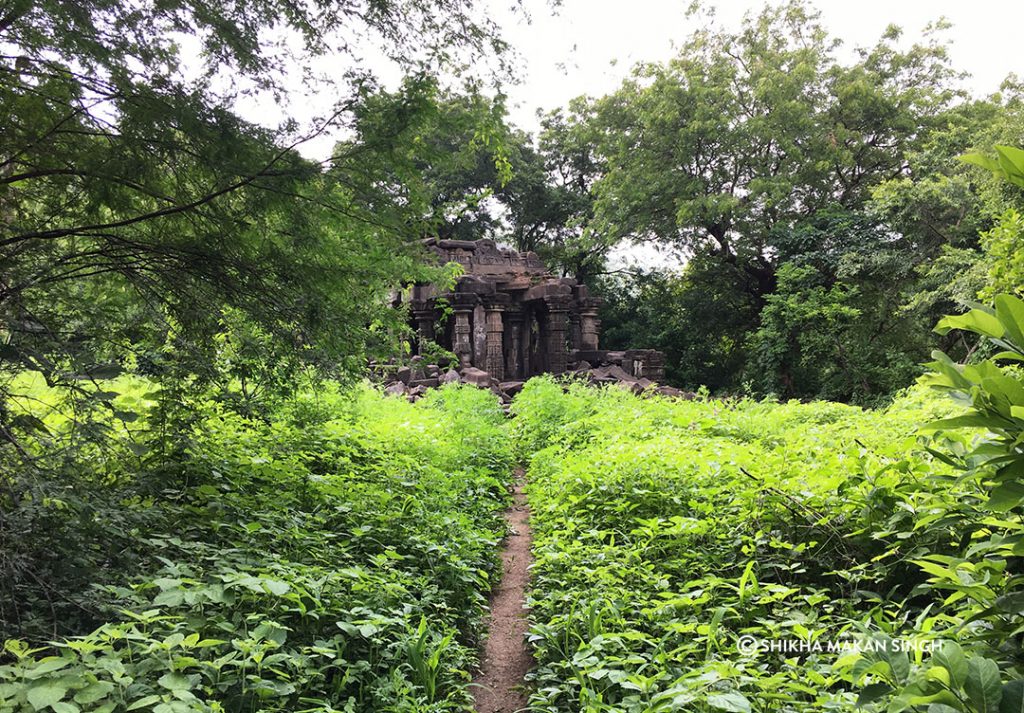
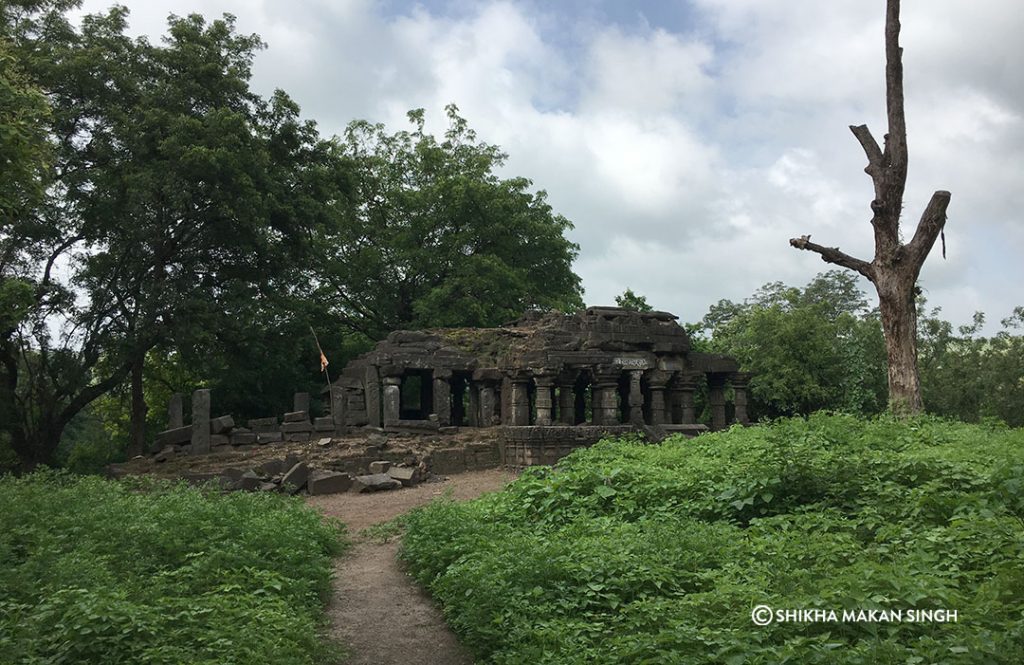
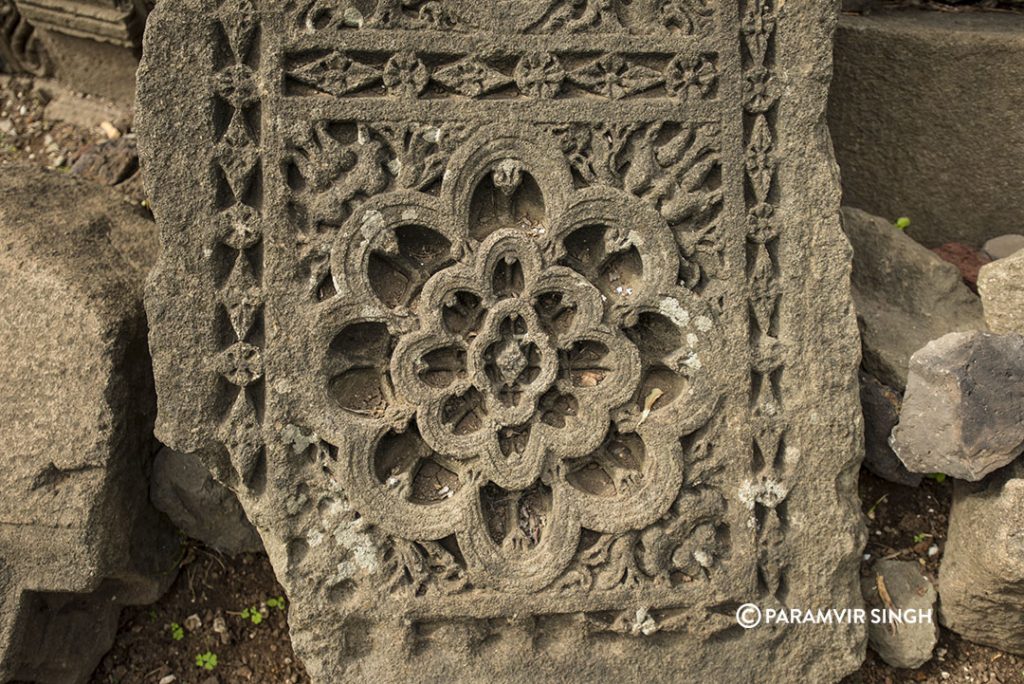
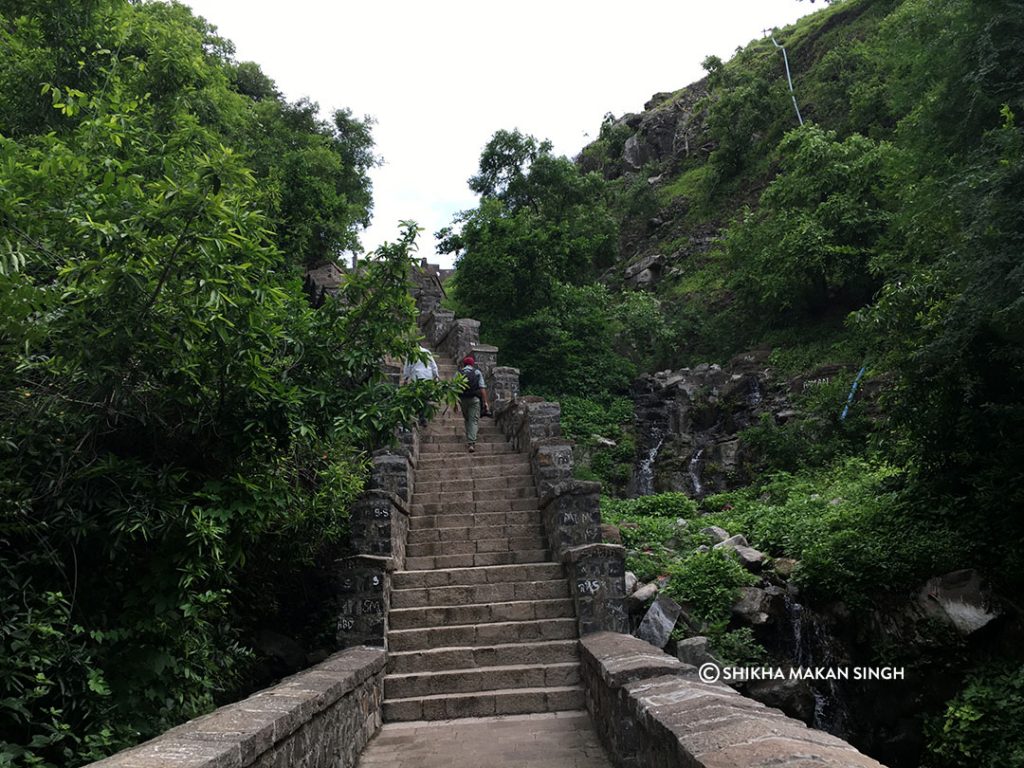
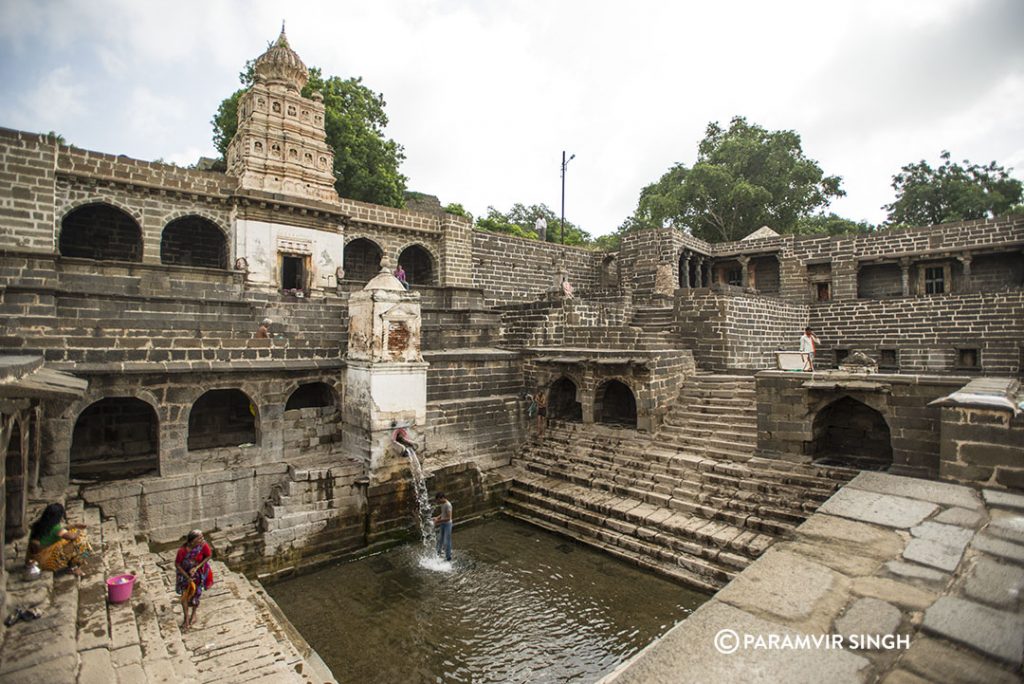
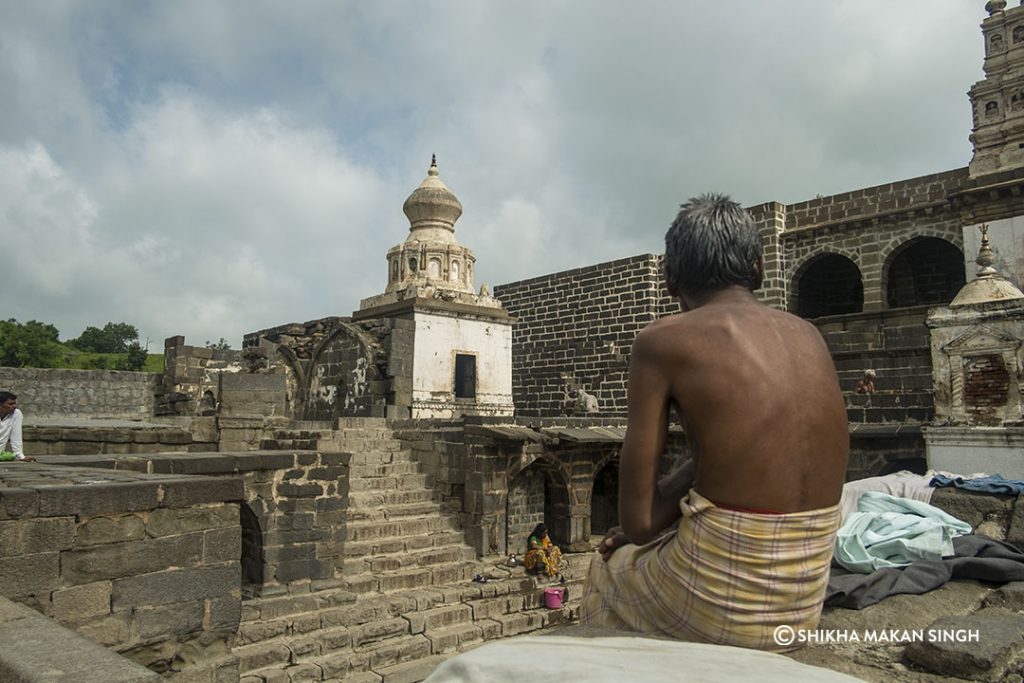
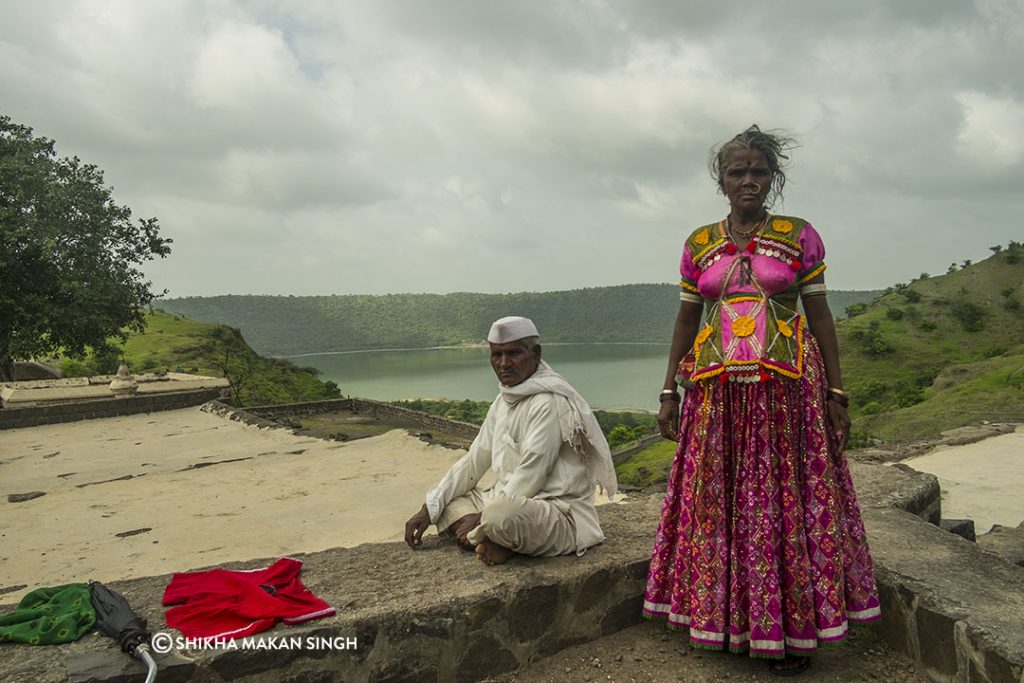
If you want to visit Lonar the way we did, you must hire Ramesh, our excellent local guide. We also tried to meet Mr ST Bugdane, who has written a comprehensive book: Lonar – The Unique Indian Meteorite Crater in Basaltic Rock. But somehow the timings didn’t work out.
[box type=”success” width=”100%” ]When to visit: As is with most places in India, winters are the best time. Summers are too hot and the lake waters would be very low. Monsoons, it rains a lot.
Where to stay : MTDC has a fabulous and inexpensive hotel right next to the crater. That’s the best place to stay here, although there are a couple of lodges. Email us for numbers.
How to visit : Lonar is 4 hours by road from Aurangabad and 8 hours from Pune. Its about 12 from Mumbai.
How long to visit: Keep your visit to a minimum of three nights. The first night you reach and crash. The second day, start the day early for a 6am trek. It will take around 5 hours if you visit each of the ten temples in details. You need a third day to visit the other ancient temples in the town of Lonar. If you had a fourth day, you could drive around, its a beautiful place.
What to wear : Since much of the visit will be a trek through a forest, do be prepared, wear full sleeved clothes to avoid insect bites, wear good water resistant boots, since you will be walking n the muddy lake banks.
[/box]

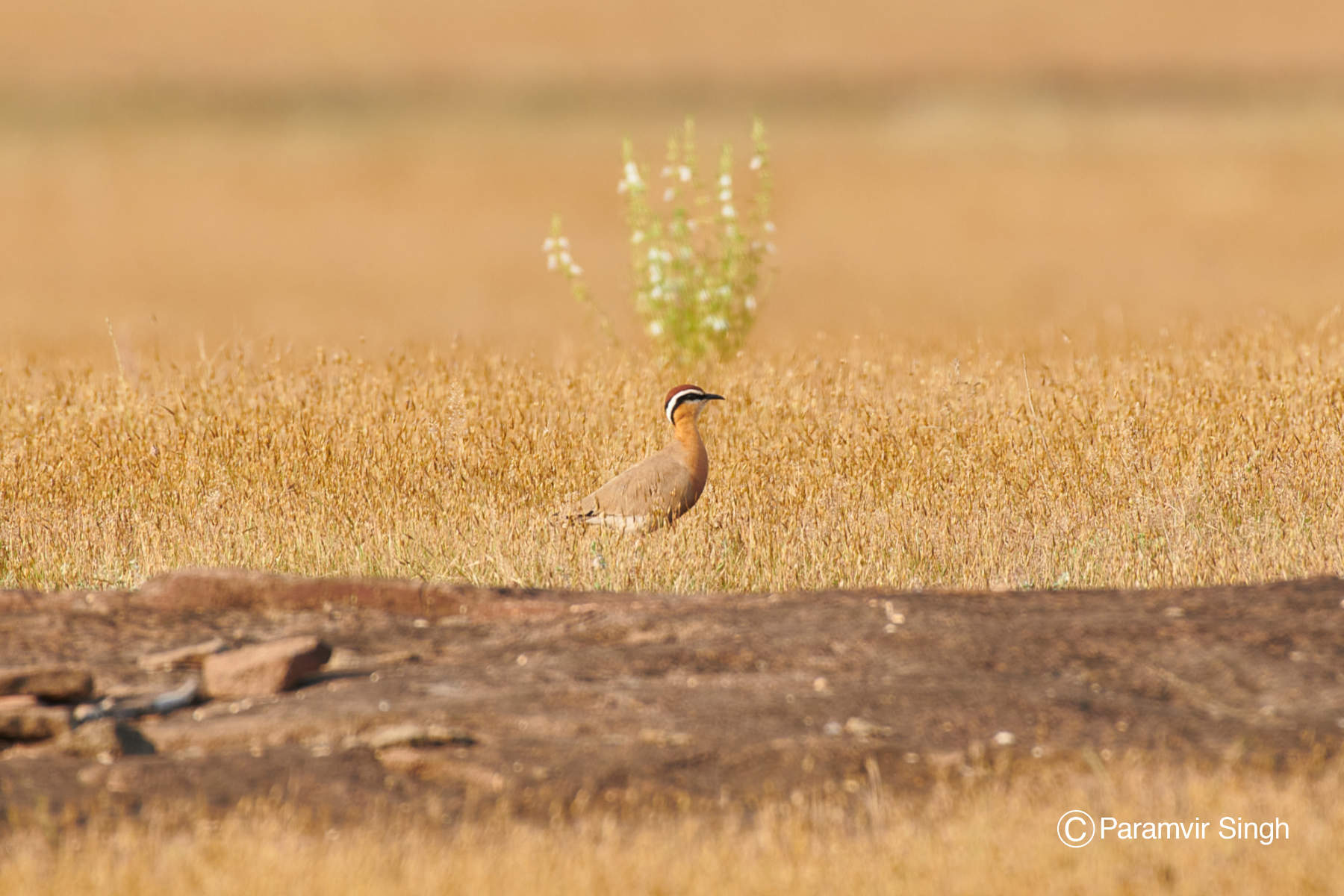



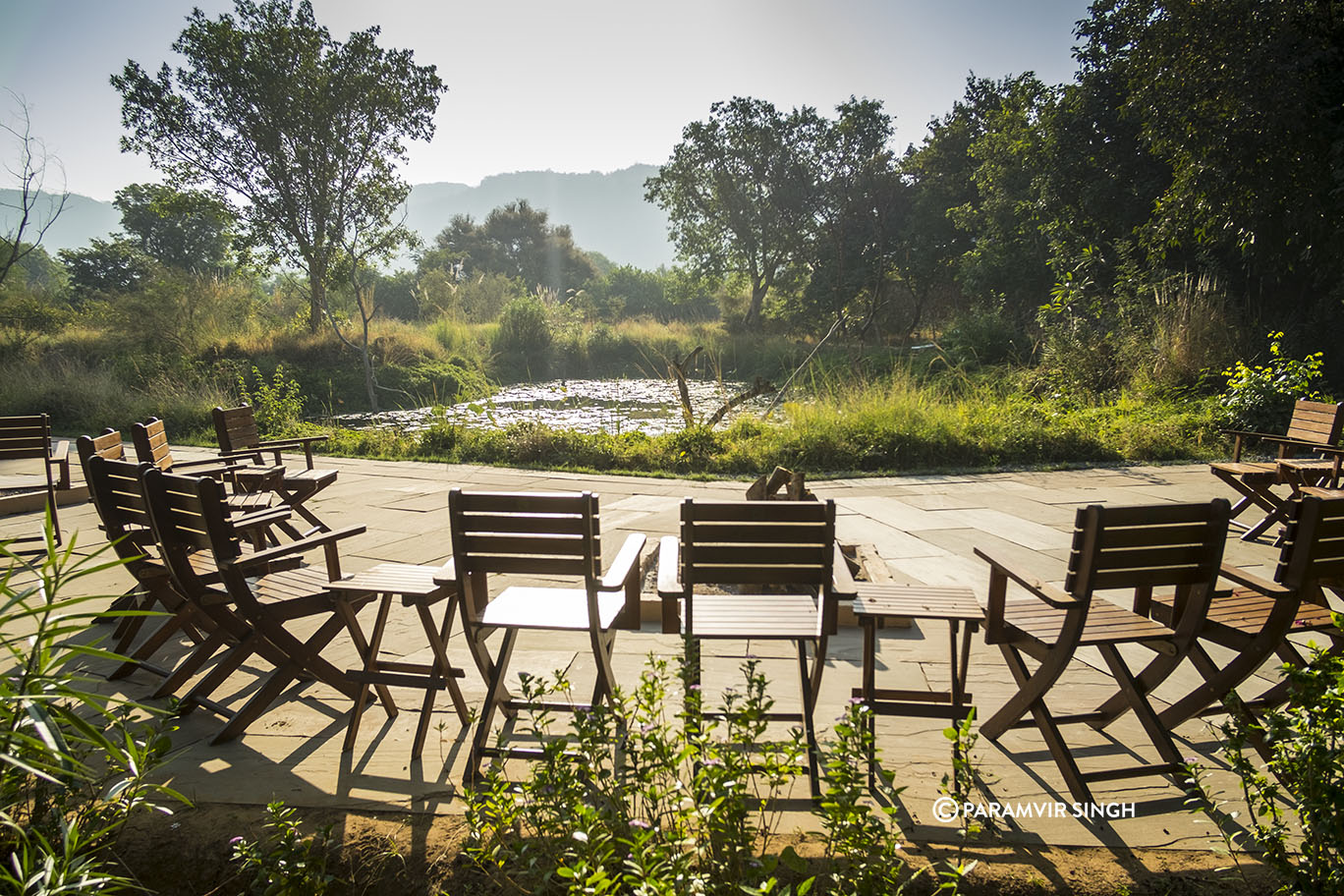
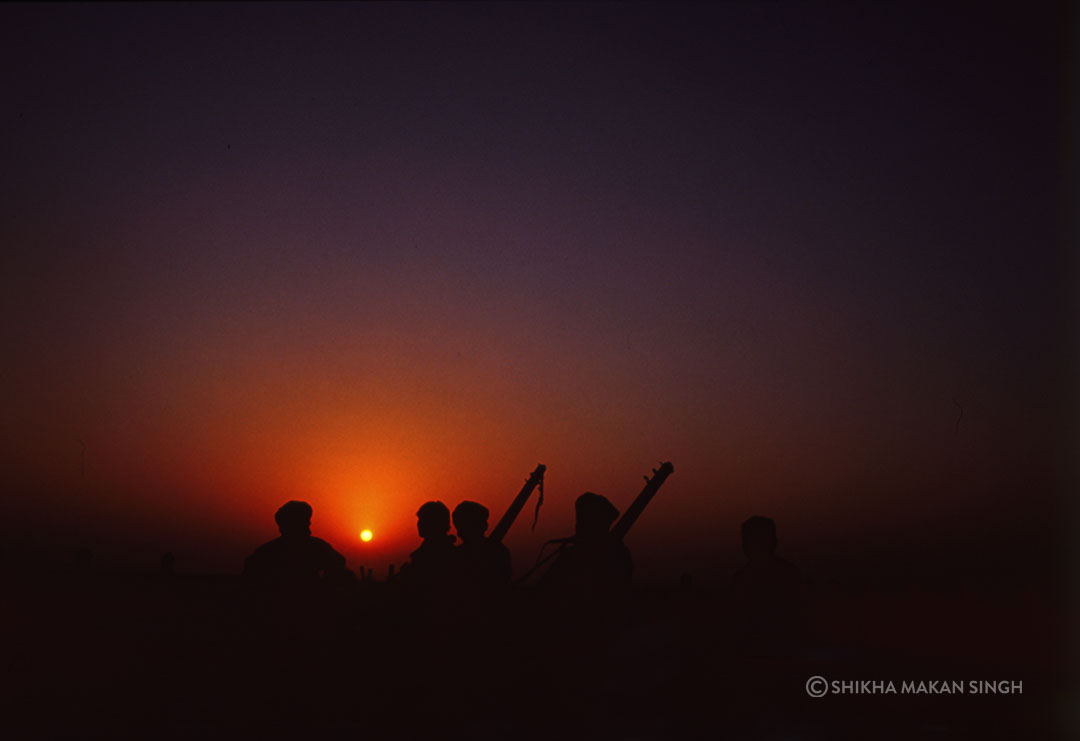
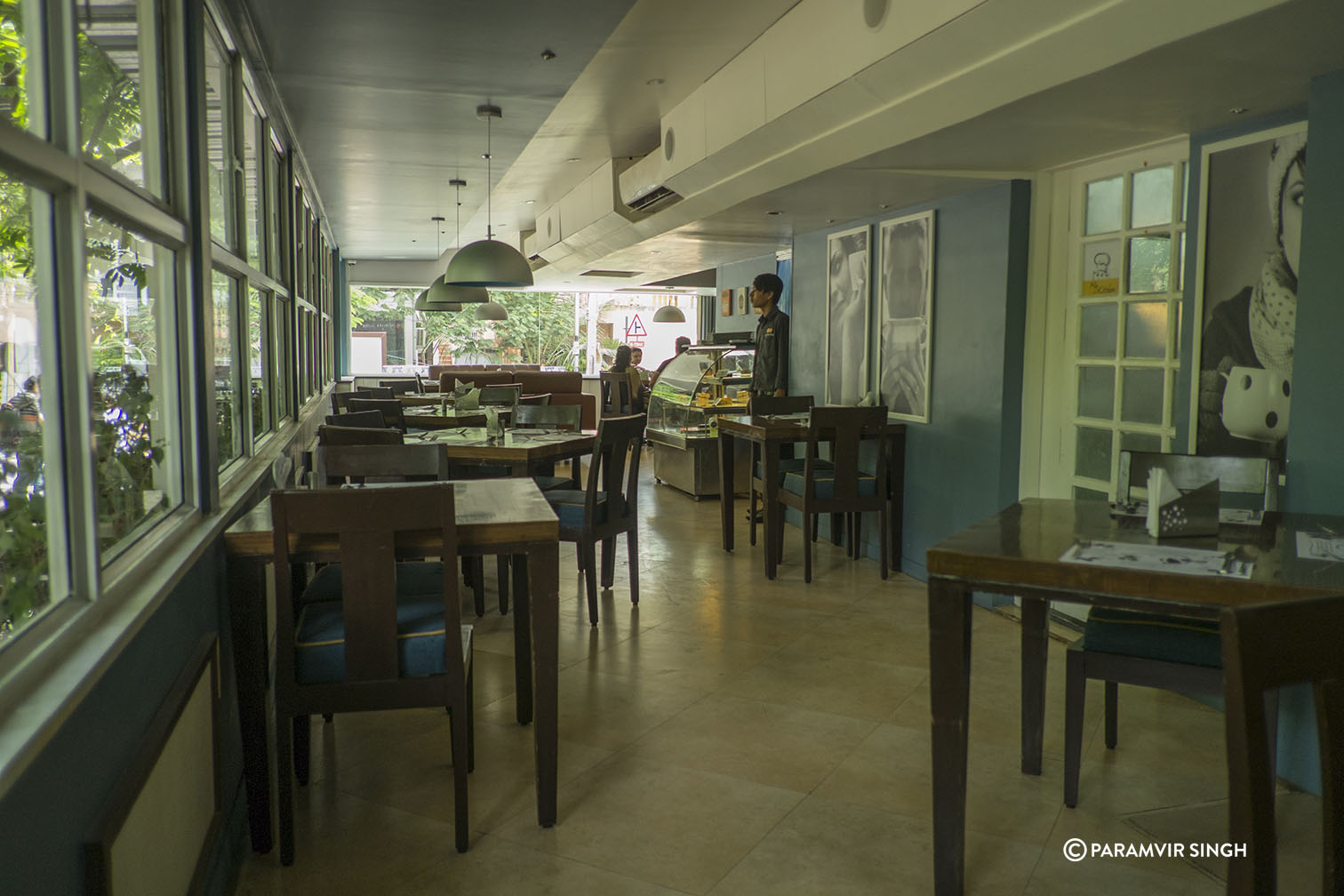
Very good comprehensive list of temples. I did see some of them, not all. I am remembering the scorching heat then, we rested under some trees there.
yeah, it gets very hit here. We scorched around the crated, but the forest trails were life savers.
pl send me name and number of guide as well as hotels
for lonar pl i need it as soon as possible
Wow.. amazing temples.
Beautiful series of Great and so old temples !! Thnx for introducing
Thanks Yogi!
We were unnerved by the smell, got lost on the trail, panicked and dashed out of Lonar itself – unfortunately missing the Gaumukh temple. Ours was a total misadventure.
Good post btw!
Haha! That smell of rotten eggs. Its actually not so bad after all.
I couldn’t see all the temples. Good that you made this list.
Had gone there in rainy season so my pics have all the greenery in them. 🙂
Hi Nisha! The temples are awesome. We went just after the rains, so the weather was awesome and so was the greenery.
Such a unique place; great post. Thanks for sharing!
Thanks Rashmi!
It is great that the Gaumukh Temple is located right at the end of the trek for its pool refreshes pilgrims alike. I really like that relief carved using the hoof print. Does that mean the temple where that panel sits is a Shiva temple?
Hi Bama! No not necessarily, I guess the Cow is a universal holy animal. so not sure if hoof-prints specifically signify Shiva Temple.
really nice blog very informative…
Thanks Arun!
Great guide on the Temples of Lonar. Definitely looking this post up when we plan a trip to the Crater
Thanks! Its a place really worth visiting.
Beautiful temples and you described the post so well. The pictures were so good that I even tried to feel the journey. Just awesome 🙂
Lovely post. I had heard of the Lonar crater but these temples are a surprise. Looks lovely and after the rain it would be magnificent ! What’s the best time to visit ?
Winters and just after the rains! Summers would be blazing hot…
These temples seem really awesome and amazing! Is it possible to enter all of them and is there an entrance fee?
Hi Agness! Yes yrs possible to enter all of them, and there is no entrance fee! If ever you wZnt to visit, do send me a mIl and I will connect you to the right guide.
The list indeed sounds endless! Good to see so many of them, though.
i saw a mud path leading down to the padmavati temple. Did not see any steps. Where are they ? Do they do go all the way down ? Would be useful for elderly people.
Can you please help with the contact details of guide.
Thanks for such a great description of the place
I like to visit spiritual places. You have described the temples accurately in this post. These temples are situated amidst greenery. Also, it is the best place to visit for nature lovers.